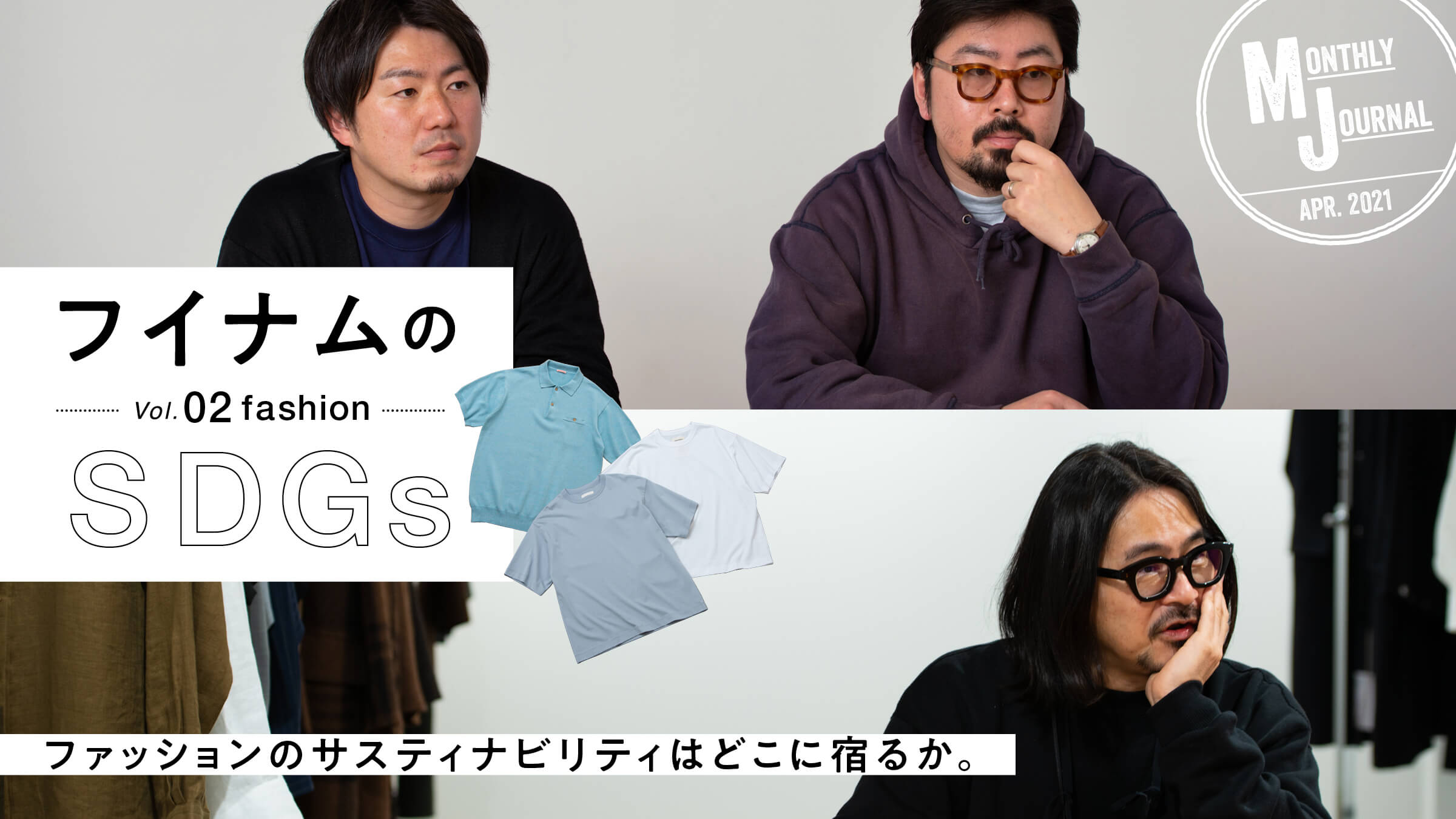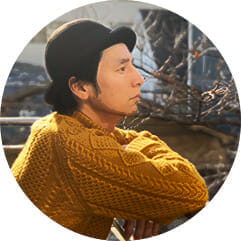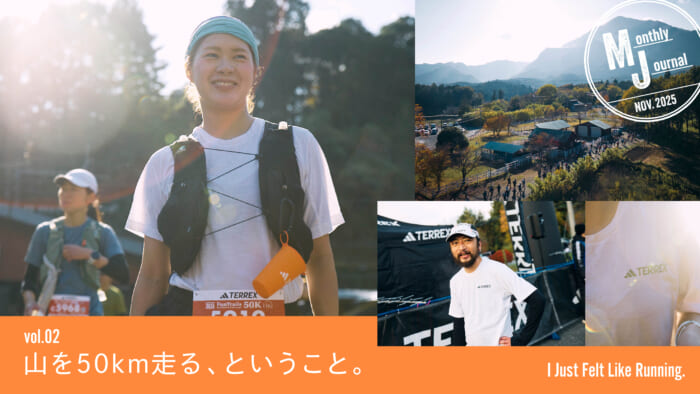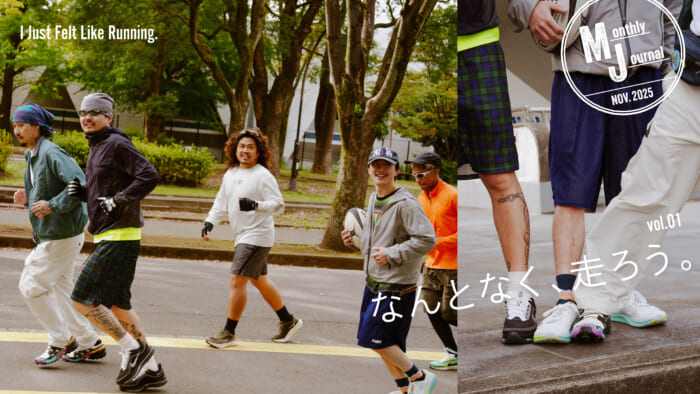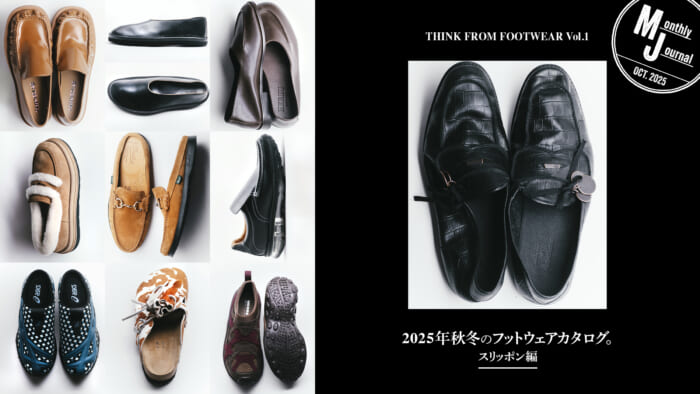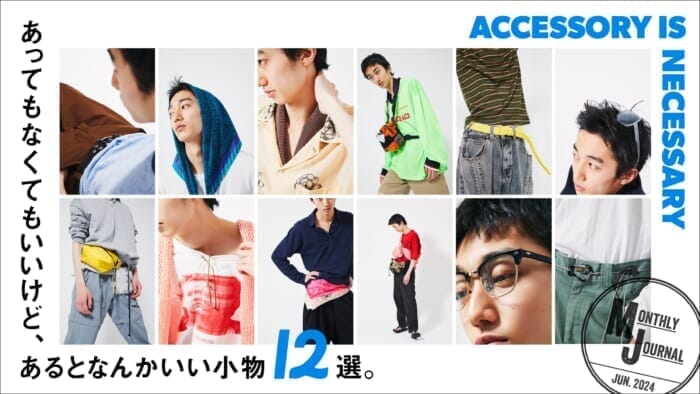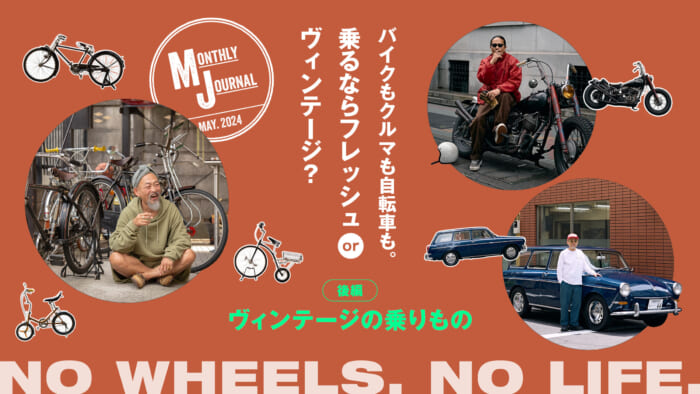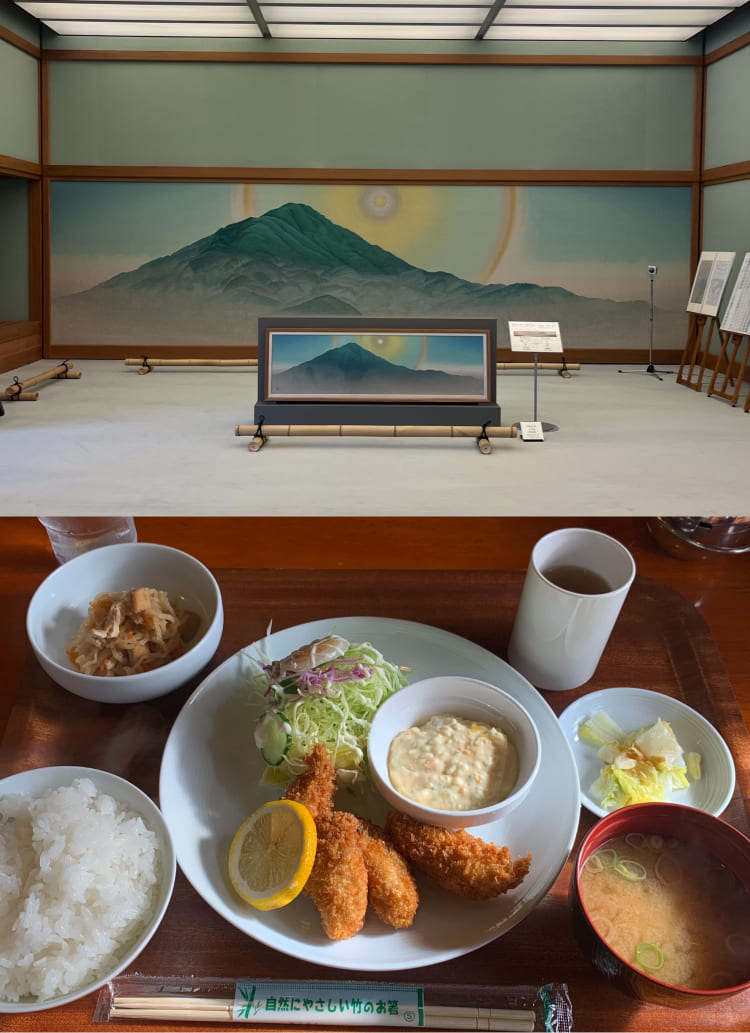From the stance of enjoying clothes.

I remember that the icon on the "Lightender" instagram used to be a sheep, but now it's a fish.
Sawaki:I thought sheep would be too hot for spring and summer. Since we don't sell wool items in the spring and summer, we are using fish because we want to create a cool and refreshing visual. Sheep will be back for fall and winter (laughs). I want the customers to enjoy the tension so much that the icons change from one to the other.
Koike:When I was in the U.S., I thought that if people in the U.S. think it is cute, they will wear it without worrying about what others think. In Japan, many people are conscious of the eyes of those around them. So, I hope that this atmosphere of enjoyment can be expressed through the icons.
What do you think about the SDGs, which are getting a lot of attention?
Koike:I think it is important for both those who create and those who use the SDGs to confront the essence of the SDGs so that the content will not be reduced to mere words. Since the literacy of recipients has also improved, I believe that the SDGs will eventually be seen through as sales talk.
Sawaki:Some long-established industries have complex employment, labor, and environmental issues. We believe that it is important to listen to the opinions of those involved and deal with them individually, rather than taking a one-sided view. In reality, there are cases where child labor supports a country's industries, and some children may end up on the street if it is eliminated. There are cases that cannot be easily judged as black and white.
Sawaki:We have seen and heard about the SDGs, but to be honest, we are skeptical that some of them are true. We smoke cigarettes and are not particularly conscious of living a sustainable or ethical lifestyle. Our stance is to do as much as we can without overdoing it, but to keep going. To do this, we have to be sincere and not pretend to be something we are not.

While integrity is important, business sense is also necessary....
Sawaki:It is important to know how to optimally process what you have made, not to let it go to excess. If you increase the number of items, colors, and shapes, you will always have inventory. Thanks to the success of the fall/winter season, we were able to digest more than 95% of our inventory. But considering the scale of the company, I know that no matter how big we make it, the upper limit of sales is not that high. Also, it is important to keep prices low while offering conditions that are beneficial to the factory by, for example, placing orders around the factory's off-season. Also, as a retailer, I have learned that you can only make a profit if customers buy your products. That is why I felt it was important to make products that sell properly.
In that sense, many of the items in the "RIGHTENDER" line are basic, but also trendy.
Koike:Before the SDGs, the first prerequisite is that things are cute and desirable.
>Sawaki:I started this project because it was a waste of surplus threads and cloth. I don't want to be too self-conscious about it, but I think it's okay to start out with that level of temperature.


